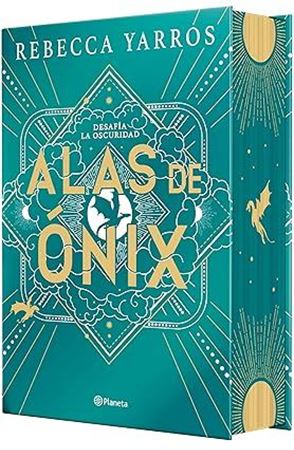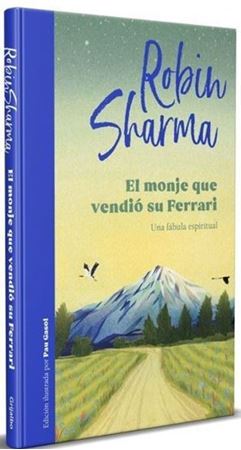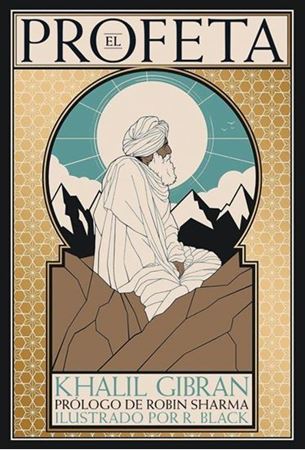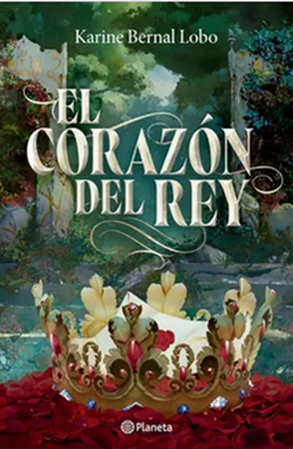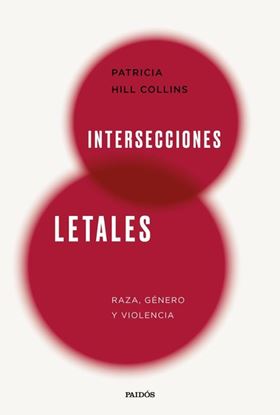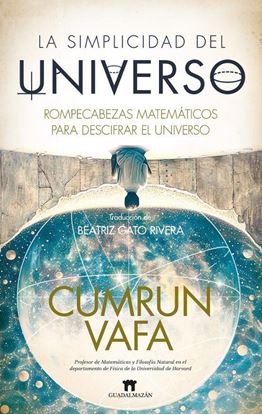

NOVEDADES
UNA INVITADA EN CASA
Inspirada en la conocida novela gótica Rebecca, esta historia de dolor, fantasmas y la lucha por ser fiel a uno mismo ha sido triplemente nominada a los Eisner 2024.
Tras muchos años de soledad, Abby acaba de casarse. Conoció a David cuando este llegó al pueblo junto con su hija pequeña para intentar empezar de nuevo. Es extraño vivir a la sombra de su predecesora, pero Abby se esfuerza por ser una buena esposa y madre. Sin embargo, a medida que va averiguando detalles sobre la primera mujer de su marido, menos encajan entre ellos... Un misterio que la fascina y obsesiona, y que la lleva a enamorarse perdidamente por primera vez en la vida. El equilibrio de Carroll orquesta la historia: blanco y negro, color, texturas y tipografías.
1,950
1,463
INTERSECCIONES LETALES
En su nuevo libro, la reconocida socióloga Patricia Hill Collins nos ofrece un análisis innovador sobre cómo la violencia afecta de manera desigual a las personas según su clase, sexualidad, nacionalidad o etnia. Estas dinámicas invisibles de relaciones de poder superpuestas generan lo que la autora denomina «intersecciones letales», puntos donde las múltiples formas de opresión convergen y catalizan en una serie de prácticas violentas que recaen con mayor dureza sobre determinados grupos minoritarios.
1,950
1,463
EL CIRCULO DE LOS DIAS
UN MINERO DEL SÍLEX CON UN DON
Seft, un extractor de sílex con un talento único, recorre la Gran Llanura en pleno calor estival para presenciar los rituales que señalan el comienzo de un nuevo año. Está allí para intercambiar sus piedras en las celebraciones del solsticio y encontrarse con Neen, la chica a la que ama. La próspera familia de Neen le ofrece además una forma de escapar de la brutalidad de su padre y sus hermanos acogiéndolo en su comunidad de ganaderos.
UNA SACERDOTISA QUE CREE EN LO IMPOSIBLE
Joia, la hermana de Neen, es una sacerdotisa idealista y con una increíble capacidad de liderazgo. De niña, asiste cautivada a la Ceremonia del Solsticio de Verano y sueña con un nuevo y espectacular monumento levantado con las piedras más imponentes del mundo. Pero la agitación está creciendo en las colinas y bosques de la Gran Llanura.
UN MONUMENTO QUE DEFINIRÁ A UNA CIVILIZACIÓN
La visión de Joia de un enorme círculo de piedras, reunidas por las divididas tribus de la Gran Llanura, inspirará a Seft y se convertirá en la obra de su vida. Sin embargo, a medida que la sequía arrase la tierra, la desconfianza crecerá entre los ganaderos, los cultivadores y los habitantes de los bosques..., y un acto de violencia salvaje provocará una guerra abierta.
1,950
1,463
EL LIBRO DE LAS NUBES
¿Cuándo fue la última vez que miraste hacia arriba? Nuestra ajetreada vida nos mantiene fijos en las pantallas de los móviles, en el ordenador o en el asfalto tras el volante. Decimos que quien está «en las nubes» es un distraído o un soñador; pero el climatólogo y físico atmosférico Vincenzo Levizzani viene a desmontar este tópico: él siempre ha tenido la cabeza en las nubes y ha convertido esta fascinación en su profesión.
¿Qué significa ese tono rosado en las nubes al atardecer? ¿Es cierto que el «cielo aborregado» anuncia lluvia? ¿Por qué no hay dos nubes iguales? ¿Qué es la nefología? ¿Cómo se forma una tormenta perfecta? ¿Qué nos revelan los cristales de hielo, esas obras maestras de la naturaleza? Entre gotitas, graupel y granizo, descubriremos las respuestas a estas y otras preguntas, adentrándonos en el interior de las nubes para desvelar sus secretos más íntimos.
Siguiendo la estela de viajeros, artistas y soñadores que a lo largo de la historia han alzado la mirada en busca de inspiración, Levizzani observa las nubes con los ojos de la ciencia y desde perspectivas poco comunes: no solo desde el prado o las vastas sierras, sino también desde el laboratorio, el avión, el radar y el satélite. En estas páginas, nos enseña a leer el cielo y a entender lo que las nubes nos dicen. Una invitación a alzar la mirada y redescubrir, con ojos nuevos, las maravillas que flotan sobre nuestras cabezas.
1,950
1,463
LA SIMPLICIDAD DEL UNIVERSO
¿Puede un simple rompecabezas enseñarnos cómo funciona el universo? Sí, si lo guía Cumrun Vafa.Detrás de las sofisticadas ecuaciones que describen la gravedad, la luz o el tiempo, laten ideas simples y poderosas. Este libro propone una aventura singular: entender esas grandes verdades a través de pequeños retos. Más de cien rompecabezas cuidadosamente elegidos, con sus soluciones comentadas, nos abren la puerta a los principios más profundos de la física y las matemáticas.Cumrun Vafa, una de las mentes más influyentes de la física teórica actual, propone un viaje intelectual que va de la intuición al conocimiento, del juego a la comprensión. Desde las leyes de Newton hasta la teoría de cuerdas, pasando por agujeros negros, simetrías ocultas o la relatividad de Einstein, La simplicidad del universo convierte la complejidad en una forma de asombro accesible.Este no es un libro para especialistas, sino para curiosos. No exige ecuaciones, solo imaginación. Porque, como defiende Vafa, las grandes teorías científicas no se construyen sobre tecnicismos, sino sobre ideas claras y bellamente sencillas.«Este libro ofrece un recorrido fascinante y poco usual por algunas de las ideas más avanzadas de la física y las matemáticas, ilustradas con rompecabezas sencillos y entretenidos. Los lectores encontrarán mucho con lo que disfrutar y aprender». Edward Witten, físico y matemático, Instituto de Estudios Avanzados de Princeton.«Este libro hace una magnífica presentación de algunos conceptos centrales en la física moderna y las matemáticas explorados a través de juegos matemáticos. Esta es una de las aproximaciones a la física más singulares y cautivadoras con las que me he encontrado y permite a los lectores —ya sean principiantes o expertos— aprender disfrutando a través de acertijos y rompecabezas matemáticos.
1,950
1,463
AURORA, LA ACADEMIA 2 (ED.ESP)
Hay algo poderoso en ganarse el corazón de alguien que ha jurado no tenerlo.
Rain ya no es la chica buena que llegó por primera vez a la Academia. Y, ahora, está dispuesta a conseguir lo que desea. Cueste lo que cueste.
Su objetivo es entrar en el exclusivo club de política liderado por Alberta Novak y descubrir qué es lo que esconden… y qué le ocurrió a Maya. Pero, cuanto más se adentra en ese juego de poder, más teme en quién se está convirtiendo. Mientras tanto, Ash Blake se hunde más y más en una espiral de autodestrucción de la que ni siquiera Kane sabe cómo rescatarlo.
Rodeados de secretos, traiciones y una tensión que amenaza con consumirlos, Rain y Ash deberán elegir entre el poder, la venganza… o aquello que más aman.
1,950
1,463

